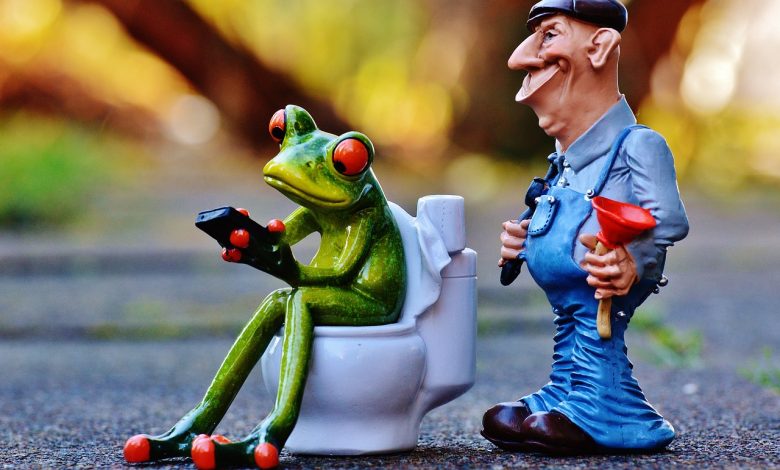What Does the Plumber Do? Job description

The plumber is the professional who deals with civil and industrial water-sanitary systems. He is an expert in the design, installation, management and maintenance of heating, air conditioning and water and steam conduction systems. We are dealing in homes, offices, commercial and industrial structures, public buildings such as schools and hospitals.
As for the design activity, the plumber first of all makes an estimate of the size and capacity that the plumbing system must have. Create a model of the project, with the arrangement of pipes, connections, taps, meters, drains, pumps and pressurizers. Make an estimate of the times and costs necessary for the realization.
Latest Tech in Plumbing:
Although schematics and plant drawings are also made by hand, 2D and 3D CAD software are increasingly used in the design phase.
The plumber can design sanitation, therm-plumbing and water systems of small or large dimensions. Intended for very different purposes, such as the supply of drinking water, space heating, irrigation, waste water disposal or drainage.
The plumber then takes care of creating the system: he lays the pipes according to the technical specifications defined in the project, creates the connections to the water distribution network (water network and sewer network) and connects sinks, toilets, appliances such as washing machines and dishwashers, water heaters, radiators, boilers and heating systems.
But also steam generators, refrigeration and air conditioning systems, irrigation systems.
Install pumps and tanks, connectors, taps, mixers and re circulation groups, valves, filters, meters, purifiers, wells and septic tanks. Plumbing Tips You should Know
All in accordance with the previously created and validated technical drawing.
The system must be watertight, insulated to reduce heat loss, and must comply with the regulations in force to prevent the risk of water stagnation and proliferation of bacteria.
At the end of the work, the plumber carries out an acceptance test to check the tightness and operation of the connected systems.
Routine maintenance of plumbing systems is another typical job that people call a plumber for, as is intervention in the event of malfunctions. Here is the tank less water heater
The plumber identifies any faults or leaks, clears clogged pipes, solves pressure, efficiency and performance problems, replaces worn elements such as filters and gaskets.
In these cases, the speed of analysis and resolution of the problem is particularly important.
Because restoration full operation must be achieved in the shortest possible time.
Among other things, this aspect of the activity affects the working hours of the plumber, who in some cases must ensure his availability for emergency assistance even outside normal working hours.
The plumber has knowledge of plumbing and therm-hydraulics and knows how to use the specific tools of the trade to intervene on the systems with precision and competence.
For example, he uses pipe cutting and bending pliers, pipe wrenches, boring machines, threading machines, welding machines. He is also familiar with the legislation relating to the plumbing sector (authorizations and certifications of conformity for water and sanitary systems).
The accident prevention regulations to prevent accidents at work:
The plumber works as an employee in plumbing installation and maintenance companies, together with other professionals such as installers and boilers, or he can be self-employed or the owner of a professional activity on his own.
The plumbers also work on site: the site plumber takes care of the installation of civil and industrial water-sanitary systems in new buildings and constructions, from the laying of pipes to the connection with the aqueducts.
In coordination with the other workers and technicians present on site as bricklayers, electricians, hydraulic engineers and surveyors.
We are also familiar with the legislation relating to the plumbing sector (authorizations and certifications of conformity for water and sanitary systems). The accident prevention regulations to prevent accidents at work.




